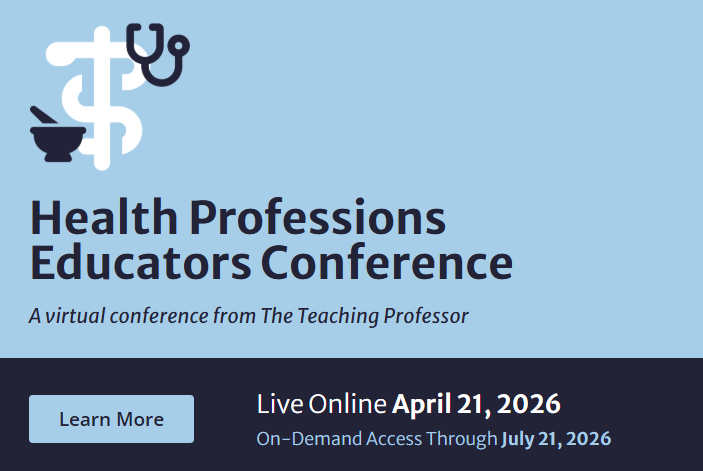How to Give Effective Feedback on Student Writing Assignments
How often does this happen to you? You pore over students’ writing assignments, adding what you feel are insightful and encouraging comments throughout each paper. Comments you hope your students will take to heart and use to improve their writing next time around. Then you return the papers and the students quickly look at the grade and stuff the paper into their backpacks … perhaps mumbling something under their breath as they do.




